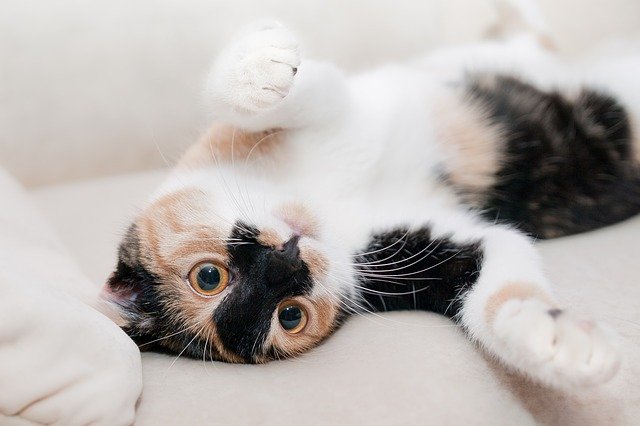Scientists from the University of British Columbia and the University of Auckland conducted research to see if the intelligence of pets could be compared with the cognitive abilities of human babies. Research has shown that direct comparisons are difficult because animals and children develop in different environments and for different purposes, but some parallels do exist.
Live Science writes about this.
Dogs demonstrate impressive cognitive skills. According to Professor Stanley Coren, the average dog can understand about 165 words and gestures, and especially trained dogs can understand even more. In addition, dogs are able to “count” to three by noticing changes in the number of objects on the screen, which corresponds to the level of cognitive abilities of children aged 14-18 months.
Research has shown that a dog’s mental age can be roughly compared to that of a child aged 2.5 years. However, as Koren notes, dogs, like small children, are incapable of experiencing true feelings of guilt. Their “shame” behavior is actually a fear of punishment rather than a sense of guilt.
Cats, according to research, have other, no less impressive abilities. Jennifer Vonk of the University of Auckland says cats have good memories and are able to remember the location of food even after a single interaction. Moreover, they understand the concept of object permanence, realizing that an object continues to exist even if it is no longer visible. In human infants, this understanding develops between 4 and 10 months of age.
Interestingly, cats can even outperform babies in some aspects, such as the ability to associate words with pictures. However, Vonk emphasizes that cats and humans evolved to solve different problems, and direct comparisons of the intelligence of these species are incorrect. Cats do not have the same motivation for cognitive development as humans, but they are excellent hunters and have a much better sense of smell.
Scientists have concluded that the intelligence of animals should be assessed taking into account their natural abilities and environment, and comparison with human children does not make sense. However, it is clear that cognitive skills in both dogs and cats are much more complex than is commonly believed.
Earlier, Cursor wrote that experts told what colors cats can see.











